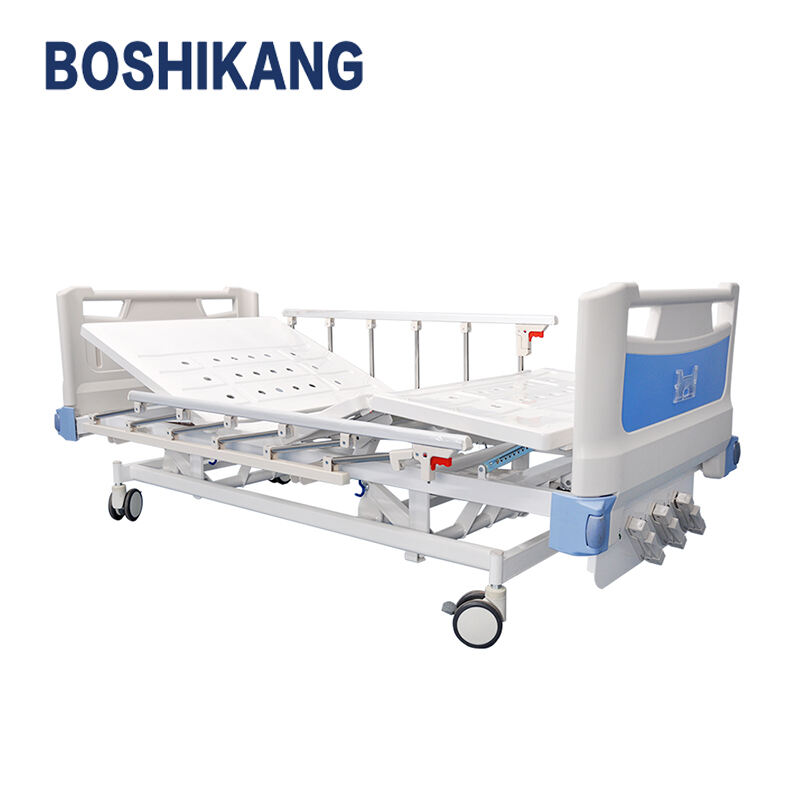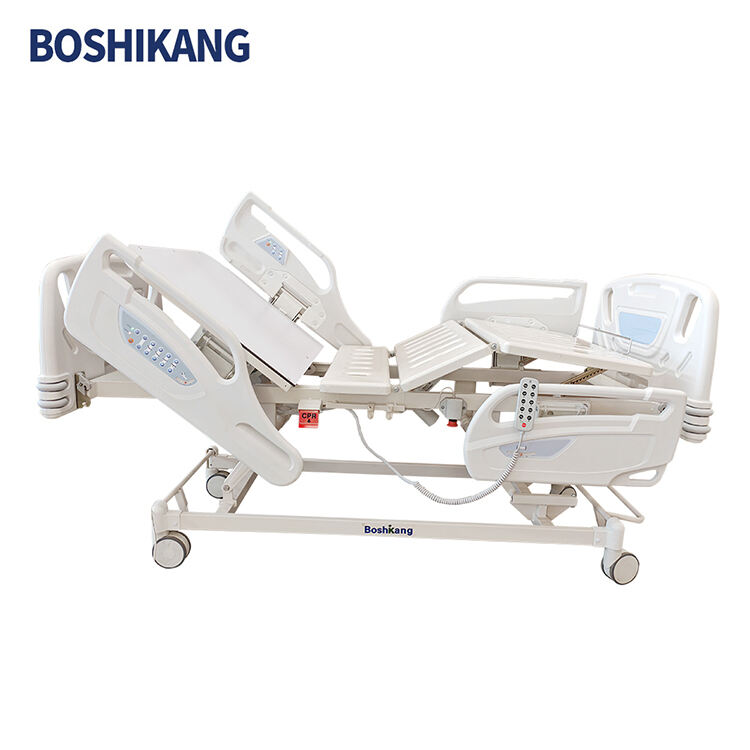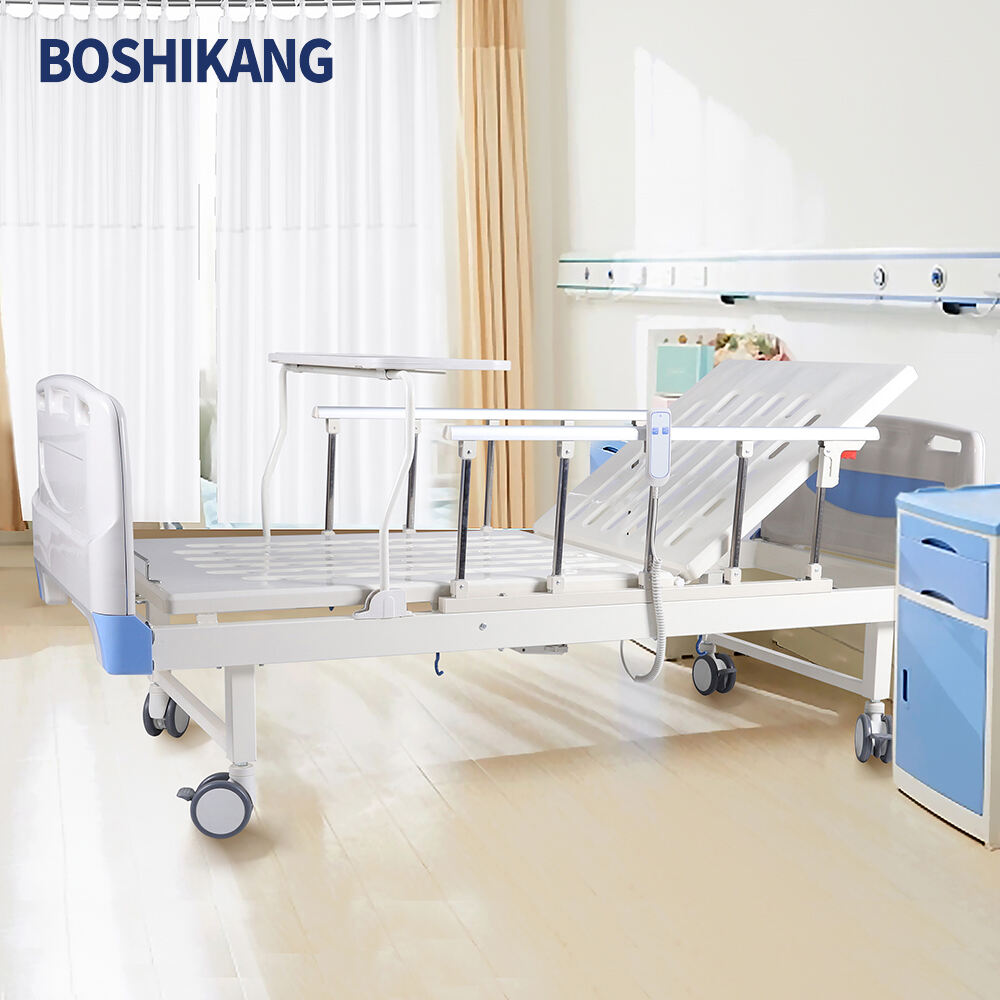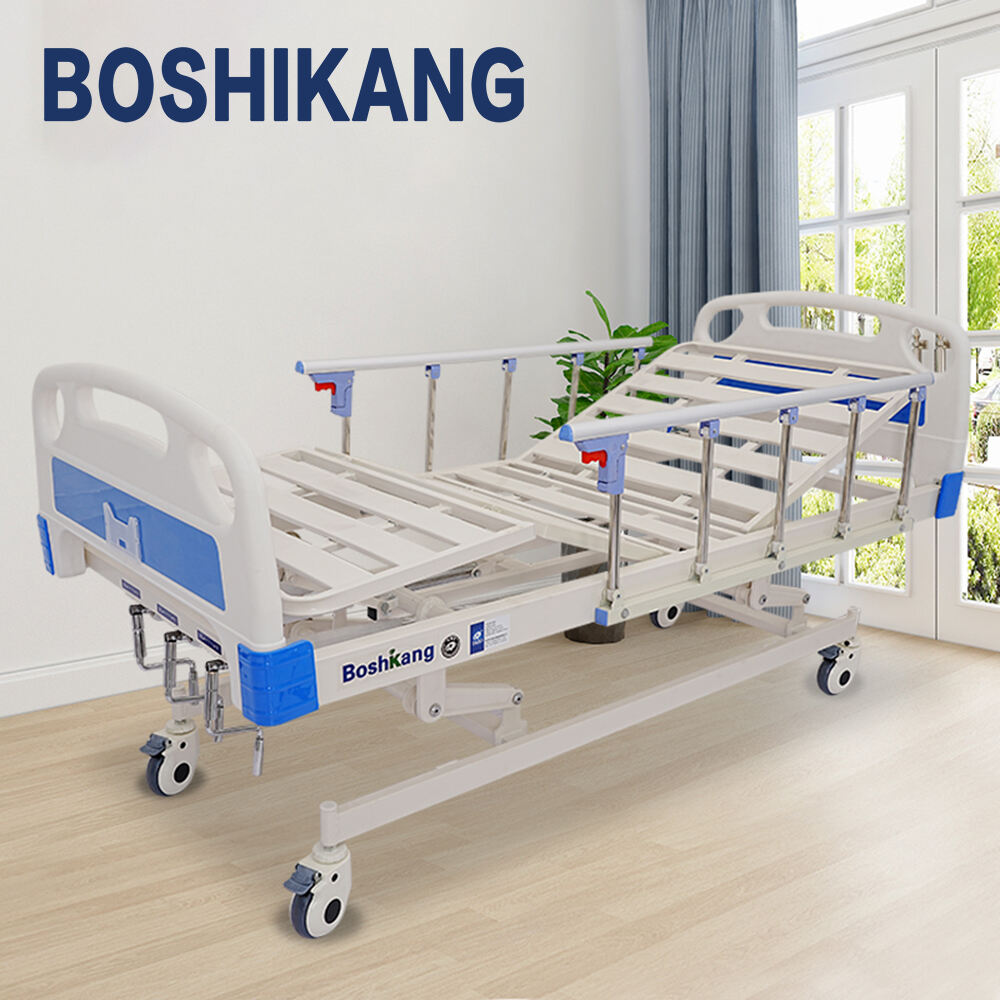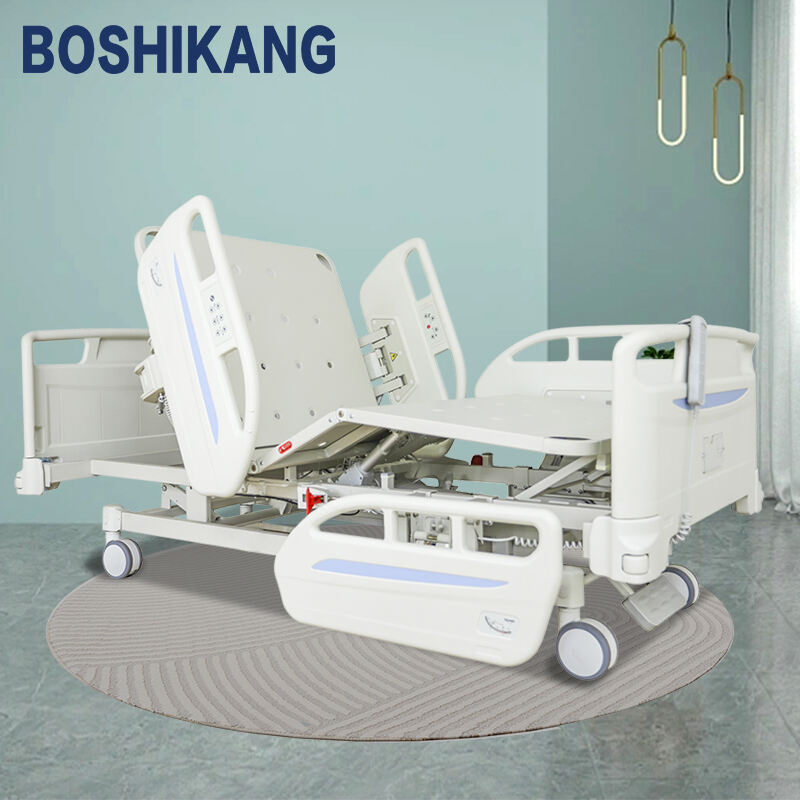average cost of a hospital bed
The average cost of a hospital bed represents a significant investment in healthcare infrastructure, typically ranging from $3,000 to $10,000 for standard models. These beds incorporate essential features such as electronic height adjustment, head and foot articulation, and safety rails. Modern hospital beds are equipped with advanced technological features including integrated patient monitoring systems, pressure relief mattresses, and emergency backup power. The cost varies based on specifications, with basic manual beds starting around $500, while advanced electric beds with features like built-in scales and lateral rotation can exceed $20,000. Factors influencing the price include material quality, durability, weight capacity, and additional features such as built-in nurse call systems. The investment typically covers warranties, delivery, installation, and initial staff training. These beds are designed for long-term durability, with an expected lifespan of 10-15 years under proper maintenance. Understanding the average cost helps healthcare facilities make informed decisions about their equipment investments while ensuring patient comfort and safety.

